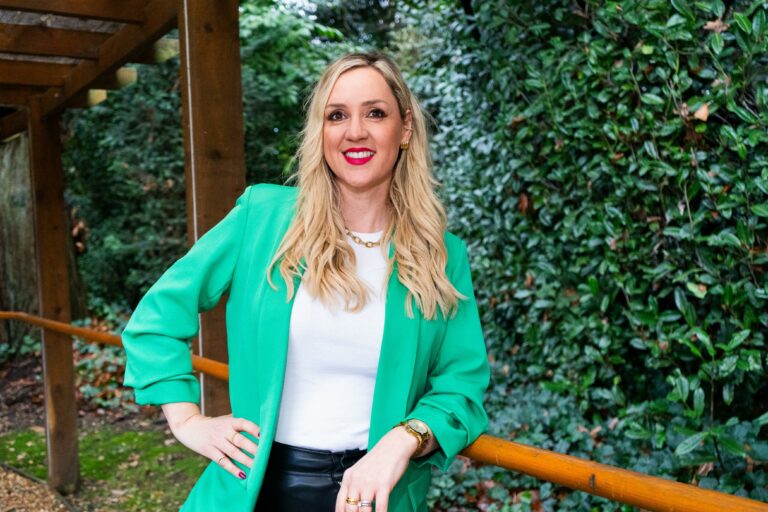China remains one of the world’s most dynamic and influential economies — and a strategically important market for UK businesses.
For companies across Greater Manchester, China presents significant opportunities in sectors such as technology, advanced manufacturing, renewable energy, pharmaceuticals, digital commerce, and education.
As trade relationships deepen and more Manchester-based firms explore expansion or partnerships in China, one factor is proving critical to operational success: reliable mobile connectivity for business travel and communication.
While international travel has become easier in many ways, operating effectively in China
still requires seamless access to mobile data. From navigating major commercial hubs like
Shanghai, Beijing, and Shenzhen to coordinating with suppliers, investors or partners,
staying connected is essential for maintaining productivity and making informed decisions on the ground.
Modern digital solutions such as eSIMs now offer professionals an easy way to get
unlimited data in China with Holafly, ensuring they can remain online without relying on
unpredictable roaming or restrictive Wi-Fi networks. But why exactly is connectivity such a
crucial asset for Manchester businesses working with China?
China’s importance to Manchester’s business landscape
Greater Manchester is home to one of the UK’s fastest-growing business ecosystems, with
strengths in:
● digital technology
● fintech
● manufacturing
● research and innovation
● e-commerce
● creative industries
● logistics and trade
Many of these sectors are increasingly tied to the Chinese market. For example:
● Manchester’s universities collaborate with Chinese research institutions.
● Tech companies seek partnerships with China’s digital and AI sector.
● Manufacturers rely on Chinese suppliers for components or production.
● Retail and e-commerce brands target Chinese consumers through cross-border
platforms.
● Manchester Airport serves as a hub for international business travel, including Asia-
bound routes.
As a result, Manchester executives, founders, consultants, and trade specialists regularly
travel to China — often to multiple regions in a single trip.
Why reliable mobile data is a business necessity in China
1. Business Communication in Real Time
China’s business environment moves quickly. Meetings, negotiations, and decisions often
evolve rapidly, requiring constant communication with:
● teams back in Manchester
● global headquarters
● suppliers or manufacturers
● legal and compliance teams
● logistics partners
Having dependable data allows business travellers to respond to developments instantly,
whether via email, Teams, WhatsApp, or industry-specific platforms.
2. Navigating Complex Cities and Transport Systems
Chinese megacities are among the largest and most advanced in the world. Cities like
Shanghai, Guangzhou, and Chengdu can be overwhelming for first-time business visitors.
Reliable data is essential for:
● booking and managing taxis or ride-sharing apps
● using metro navigation tools
● locating offices, factories, or meeting spaces
● accessing real-time traffic updates
● translating addresses or signage
Getting lost or delayed can easily disrupt a tight meeting schedule.
3. Secure Access to Files, Contracts, and Business Systems
Manchester professionals travelling to China often need to access:
● contracts
● supplier documentation
● cloud-based presentations
● financial data
● production reports
● design files
Depending on hotel or public Wi-Fi networks is not only inconvenient but also raises
cybersecurity concerns. A secure mobile connection is vital for protecting sensitive business
information.
4. Translation and Communication Tools
Although English is widely used in international business, language barriers still arise —
particularly during factory visits, logistics discussions, or communications with local teams.
Mobile data allows travellers to use:
● real-time translation apps
● voice interpretation tools
● image and text scanning
● multilingual navigation
These tools reduce miscommunication and improve efficiency.
5. Productivity Across Time Zones
With an eight-hour time difference between Manchester and China, synchronising work can
be challenging. Having seamless connectivity ensures that travellers can:
● join early-morning or late-night video meetings upload reports quickly
● respond to urgent messages
● remain aligned with UK operations
Why traditional roaming is not ideal for China
Many UK mobile networks have limited or expensive international roaming options for China.
Common challenges include:
● daily roaming charges that add up quickly
● slow speeds on certain networks
● restricted access to specific websites or platforms
● limited data packages
Local SIM cards can be difficult to purchase due to registration requirements, language
barriers, or differing network compatibility with UK devices.
These obstacles make it difficult for business travellers to stay consistently online.
The advantage of using an eSIM in China
An eSIM is a digital SIM card that allows travellers to activate a mobile plan without inserting physical hardware.
For Manchester professionals, eSIMs offer:
● instant activation upon arrival
● the ability to keep your UK number active
● high-speed mobile data
● no need to buy or install a physical SIM
● reliable coverage across major Chinese regions
● predictable, transparent pricing
This makes eSIMs particularly attractive for business travel.
Many travellers choose to get unlimited data in China with Holafly, as it provides:
● unlimited high-speed data
● quick QR-code setup
● strong connectivity for video calls, navigation, and cloud access
● 24/7 customer support
● no contracts or registration requirements
This ensures productivity from the moment you land in China — whether your work takes
you to boardrooms, conference centres, manufacturing zones, or innovation parks.
Final thoughts: Better connectivity means better business outcomes
For Manchester businesses expanding into China or deepening existing partnerships,
connectivity is more than a technical requirement — it is a strategic asset. Reliable mobile
data enables professionals to communicate effectively, access vital information securely,
navigate new environments, and adapt quickly to fast-changing business conditions.
As companies in Greater Manchester continue to grow internationally, tools like eSIMs help
ensure that business travellers remain productive and confident wherever their work takes
them.
















